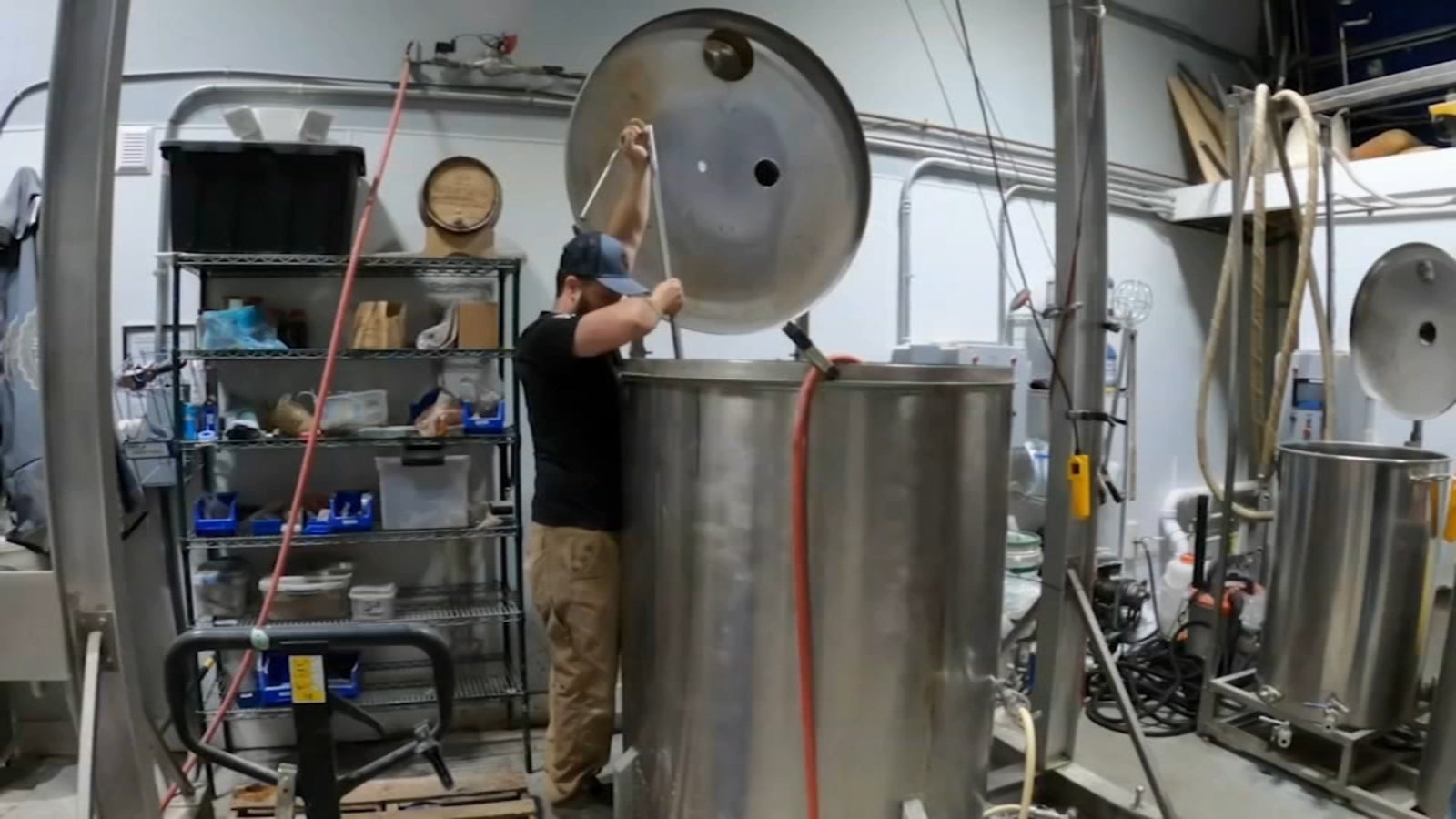Check out a Distillery in Galveston: Crafting the Finest Spirits
Understanding the Craft of Distillation: a Deep Study Distillery Traditions
Discovering the elaborate art of distillation unveils a world steeped in classic traditions that have actually shaped the spirits we take pleasure in today. From the ancient beginnings of purification methods to the modern-day advancement of distillery equipment, each action in the procedure brings with it a rich tapestry of history and experience. As we explore the delicate balance of typical versus modern distilling practices and discover the significance of vital ingredients, a deeper understanding emerges of the profound influence distillery traditions have on the spirits we enjoy.
Origins of Purification Strategies
The growth of distillation techniques has an abundant background that traces back to ancient worlds. The principle of dividing parts based on their various boiling points laid the foundation for the sophisticated purification procedures we have today.
The earliest proof of purification days back to around 3000 BC in Mesopotamia, where clay pots were used to boil down perfumes and aromatic oils. The Egyptians even more advanced these strategies, using purification for embalming techniques and medical objectives. The Greeks, significantly numbers like Aristotle and Hippocrates, added to the academic understanding of distillation.
Gradually, purification spread to regions like India, China, and the Middle East, each culture adding its one-of-a-kind touch to the craft. The evolution of distillation techniques proceeded with the Center Ages and the Renaissance, at some point leading to the varied array of distillation processes used in modern-day distilleries worldwide.
Development of Distillery Tools

With improvements in innovation and a much deeper understanding of the purification procedure, contemporary distilleries currently use a variety of advanced devices to produce spirits of the best. Today, purification devices includes column stills, reflux stills, and hybrid stills, each designed to deal with details purification needs. These modern stills provide better temperature level regulation, enhanced purification accuracy, and better efficiency in dividing alcohol from contaminations.
In addition to stills, distilleries currently make use of advanced condensers, fermenters, and filtration systems to additional improve the extract. The development of distillery devices remains to play an important function fit the varied variety of spirits readily available out there today.
Conventional Vs. Modern Distilling Practices
In checking out distilling methods, the comparison in between contemporary and conventional techniques reveals substantial innovations in efficiency and quality. Standard distilling techniques typically include time-honored techniques gave via generations, stressing craftsmanship and workmanship (Distillery in Galveston). These techniques usually rely upon copper pot stills and hand-operated processes that require a high degree of ability and experience from the distillers. Alternatively, modern distilling click this site techniques take advantage of advanced innovation and advancement to improve production procedures and enhance consistency. go to website Automated systems, computerized controls, and modern devices allow modern-day distilleries to produce spirits much more efficiently and with greater accuracy.
While conventional distilling practices are treasured for their heritage and the distinct tastes they generate, contemporary techniques supply advantages in terms of scalability, top quality control, and sustainability. By including clinical developments and modern-day design, distillers can optimize manufacturing, minimize waste, and fulfill the demands these days's market much more effectively. Inevitably, the choice in between typical and modern-day distilling practices typically relies on the distillery's objectives, worths, and target audience.
Secret Active Ingredients in Distillation Refine
Within the craft of distillation, the choice of vital active ingredients plays an important function in figuring out the flavor profile and top quality of the spirits produced. The primary active ingredients utilized in the purification procedure are commonly water, yeast, and a fermentable source such as grains, fruits, or sugarcane.
Water is a fundamental part as it not just thins down the alcohol web content to a palatable degree but additionally impacts the total mouthfeel and structure of the spirit. The quality and mineral content of the water utilized can considerably impact the end product.
Yeast is one more essential component that converts the sugars existing in the fermentable source into alcohol through the process of fermentation. Various stress of yeast can create varying flavors and fragrances, adding to the special attributes of the spirit.
/https://static.texastribune.org/media/images/2017/06/07/Brewery-Rich-12-TT-crop.jpg)
Impact of Distillery Traditions on Spirits
The influence of longstanding distillery traditions on spirits extends beyond the choice of vital active ingredients, forming the extremely essence and character of the last distilled products (Galveston Liquor). These practices, passed down with generations, play a vital role in defining the distinct taste accounts and top qualities that distinguish one spirit from one more
Distillery practices incorporate a large range of practices, from the certain techniques made use of in distillation to the choice of maturing procedures employed. The use of traditional copper pot stills in scotch manufacturing is thought to pass on certain flavors and attributes that are very valued by lovers. Likewise, the aging of spirits in oak barrels, a technique deeply rooted in distilling customs, adds to the advancement of intricate aromas and flavors over time.

Final Thought
From the origins of distillation techniques to the modern methods, the effect of distillery customs on spirits is undeniable. Distillery traditions play an important duty in shaping the spirits market and preserving the heritage of distillation techniques.
Throughout the background of distillation, the tools used in distilleries has actually gone through significant advancement to enhance performance and high quality of the purification procedure.With innovations in modern technology and a deeper understanding of the distillation procedure, contemporary distilleries currently use a range of innovative equipment to generate spirits of the highest high quality. Today, purification devices consists of column stills, reflux stills, and hybrid stills, each designed to cater to particular purification needs. From the beginnings of distillation methods to the modern methods, the influence of distillery customs on spirits is obvious. Distillery customs play a vital function in shaping the spirits sector and protecting the heritage of distillation techniques.